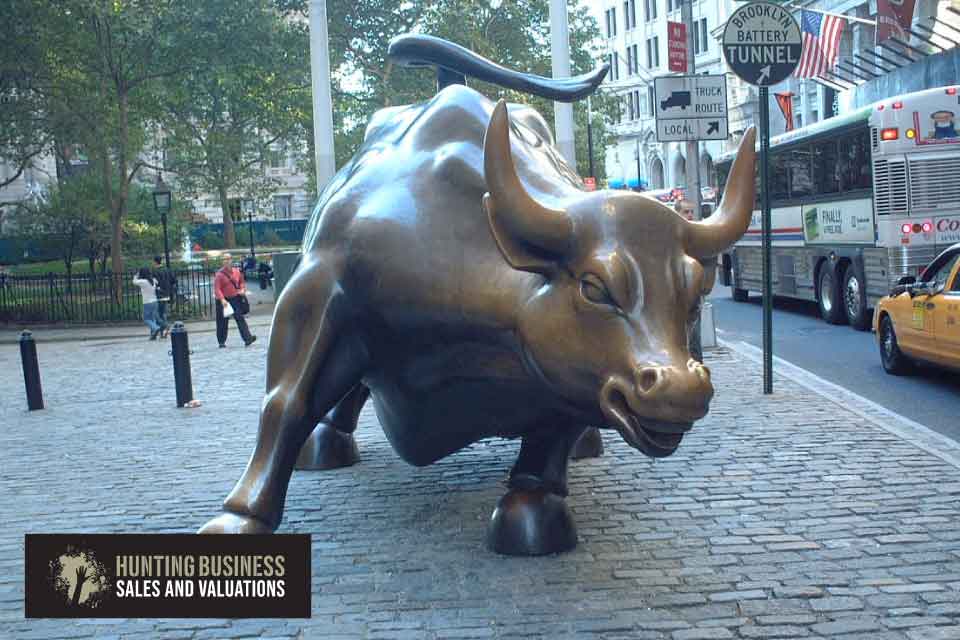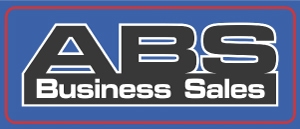The Hurdle Rate Change Brings Opportunities
The hurdle rate represents a bar that an investment must surpass before we consider it in preference for other projects. We root it in one of the most important concepts in economics. The idea of opportunity cost.
This is just as prevalent in the decision to buy a business as it is in the decision to purchase a passive asset. It has two components.
The weighted average cost of capital or WACC. This component is a financial calculation.
It involves seeking a return that will compensate an investor for at least the cost of capital of the business venture. That cost comprises the cost of capital from all sources, including equity, bonds, and other forms of debt.
It is the average rate paid to finance assets.
The current interest rate environment has meant that this average rate has increased. The period prior to, and during, Covid had forced monetary authorities to implement a near zero interest rate policy.
ZIRP WACC And Businesses
Of course, we had an acronym for it. ZIRP.
The other component of the hurdle rate is a risk premium. This premium varies according to the risk of different investment opportunities.
In the interplay between the WACC and the risk premium, a paradox is at work.
The low WACC at the time of ZIRP created a high level of demand for passive assets, such as real estate. The high level of demand lowered the perceived riskiness of purchasing these passive assets.
I’ve written about asset price inflation in an article on my personal economist website. https://harrynotaras.com.au/price-and-asset-inflation-and-debt/
I’ve also written about how we escaped out of a strong dis-inflationary cycle, at least in the short term on my personal economist website. https://harrynotaras.com.au/deflation-or-stagflation/
The greater risk perceived by property market investors was in being left behind. Of not purchasing passive real estate assets like residential housing.
Two exogenous shocks have radically altered this landscape. The first was the interference in supply lines caused by Covid and the concurrent fiscal support of the Australian economy.
The second was the turmoil in the energy markets resulting from the Russian invasion of Ukraine.
These shocks woke inflation from its long hibernation. It forced our monetary authorities to raise interest rates and drove us out of the ZIRP environment. This has moved the hurdle rates of various assets in different ways.
This is having a profound impact on the demand for active assets, like businesses.
A low WACC and a perception that the risk in residential property markets was not in entering them but in remaining absent from them emerged. This skewed the opportunity cost equation away from purchasing businesses.
Why would you bother with the risk of operating a business when your equity could increase while keeping your day job?
The increase in the hurdle rate for entering the property market has meant that the hurdle rate for purchasing a business is not as daunting.
This represents a subtle shift in sentiment. Not that the price of businesses is rising. At least, not significantly. I have written about the boom in goodwill in a slightly dated piece.
The Business Market Perks Up
It is that attention has leaned back towards the business market.
This presents a ray of hope and an important opportunity for business owners wanting to exit their businesses. I detailed the reasons in a previous article called Baby Boomer Businesses.
The short version of the baby boomer story is that there is an oversupply of businesses for sale. These are businesses held by the baby boomer cohort that have entered retirement in large numbers starting about a decade ago.
The generations that have followed the baby boomers do not have the characteristics of the demographic bulge. The overall demand for businesses is not at a high level. Although it is difficult to see in isolation. When compared to the high level of demand for accommodation, it is easier to comprehend.
The rate of immigration into Australia has bought with it high levels of demand for residential property. The source of demand for active assets like businesses does not match this level.
The change in the WACC or interest rates has increased the risk premium on passive assets relative to active assets. Attention is focusing on the essential task of business, which is to make money.
The capital gains that have occurred in the markets for passive assets are being reevaluated.
Although they may endure and persist, there is also a fickle nature to them. Most of all, their performance is at arm’s length of ownership.
High interest rates have affected the consumption behaviour of households and businesses. The performance of many businesses reflects this.
The ability to take an active role in their management has placed them back in the spotlight. In a world where the ability to exert control is becoming an important resource, this is critical.
Turn Your Business Into Cash
The hurdle rate of buying a business may not have changed, but compared to the hurdle rate of purchasing other assets, they are looking attractive.
This is the chance to get your business valued. Consider offering a lender of last resort facility to a buyer and turn your business into cash.











